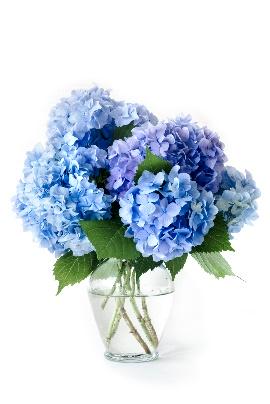Our collection offers a variety of blooms to suit every taste. Explore the intricate details, history, and significance of each flower. Let these blooms add a touch of natural beauty to your space and brighten up your day. With our wide range of collections, there’s always something new to discover and enjoy.
Spray Chrysanthemum
A vibrant cluster of mini blooms, these floral beauties originated in China and were widely celebrated for their charm and medicinal properties. Over time, they were adopted by the Japanese and became deeply ingrained in their culture. Today, these worldly blooms provide a diverse colour palette, ranging from white, yellow, pink, red, lavender, gold and bronze. Some even serve a more vibrant treat with their bi-coloured combination.
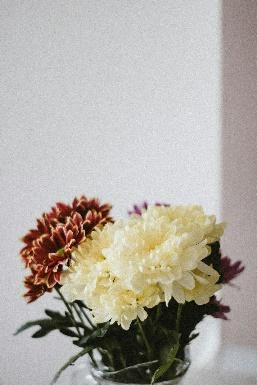
Lisianthus
Native to North America, they were first discovered growing wild in riverbeds and prairies. However, their unparalleled elegance soon took over and the modern lisianthus were crafted in Japan in the 1930s by expert flower breeders. Their colour palette celebrates a spectrum of white, apricot, pale pink, lavender, green and more, distinguishing them as a true ornamental bloom.
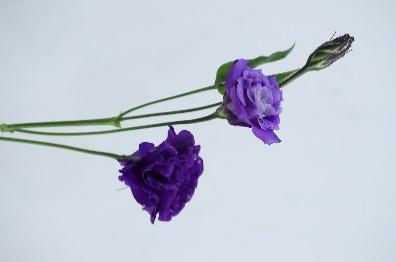
Alstroemeria
Bursting with vibrant colours like orange, pink, purple and ivory, they’re also known as the Lily of the Incas. They were first discovered by Swedish botanist Baron Clas Alströmer in the 18th century in South America. Centuries later, these long-lasting flowers became globetrotters that are now available in innumerable countries.
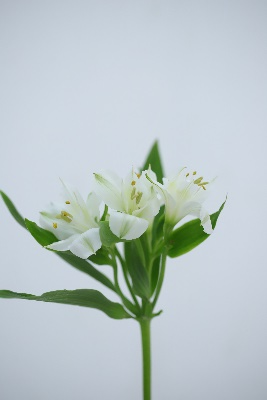
Lily
One of the oldest blooms known to man, lilies have a longstanding history that takes you through Asia, Europe and North America. While it’s hard to narrow down their origin story, there’s more than enough proof that speaks of their cultivation during the ancient civilizations of the Greeks, Romans, and Chinese. They’re available in rich pink, deep orange, peach tones yellow and so forth. No wonder they’re now captivating the world, one country at a time.
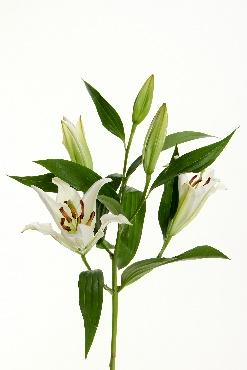
Disbuds
A member of the Chrysanthemum family, originating in China and Japan, they get their name from the act of disbudding, to get just one single bloom per stem. These solitary blooms with all their rich colours, pearl white, blazing yellow, orange and pink are a true statement for any space.
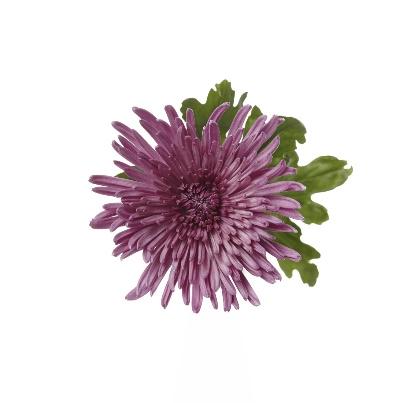
Button Chrysanthemum
Yet another charmer from the Chrysanthemum family, their yellow, hot and blush pink, white, fresh green and more hues, add to the appeal. They are petite yet hugely celebrated for their abundance, compact size and longevity.
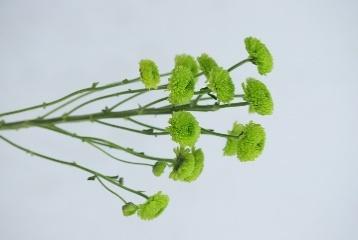
Daisy
Sunshine for any setting, these blooms were native to Europe and Asia but with time they became a common wildflower across the United States. Their classic white petals and yellow centre make them distinct and truly unforgettable but the more vibrant ones like red, blue and purple command a sophistication that’s solely theirs to own
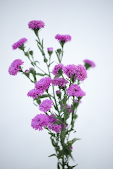
Helichrysum
The name of this bloom was derived from its shape and colour. In Greek, Helios means the sun and Chrysos means Gold. Even though the Mediterranean region is known to be its origin spot, the bloom has over 600 species that are distributed across the world. Their papery texture makes them stand out and the fact that they’re available in almost every colour only elevates their demand.
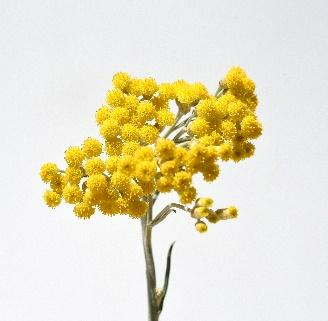
Birds of Paradise
A true representation of the exotic, Birds of Paradise features vibrant orange and blue hues resembling a tropical paradise. No wonder the majority of its species are found in eastern Indonesia, Papua New Guinea and eastern Australia. Their distinct bird-like bloom is prized for a unique look while their habitat restoration aid makes them truly one-of-a-kind.
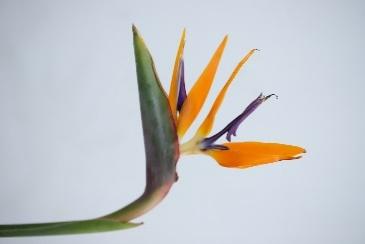
Cymbidium Orchids
Luxury redefined, these blooms are native to Asia but most of the ancestors of the modern cymbidium orchids originated from the forests of the Great Himalayas. These blooms showcase an array of colours, yellow, orange, green, pink, red and brown, each, as stunning as the other.
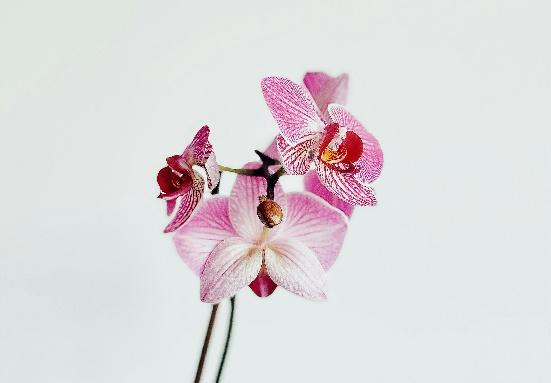
Stock
The sweet blooms are native to Greece and the Mediterranean. But it is their alluring aroma that sets itself apart. Typically found in white, pink, red or lilac, they’re simply perfect as ornamental blooms for the garden and as edible flowers to add a fun spin to your culinary arts.
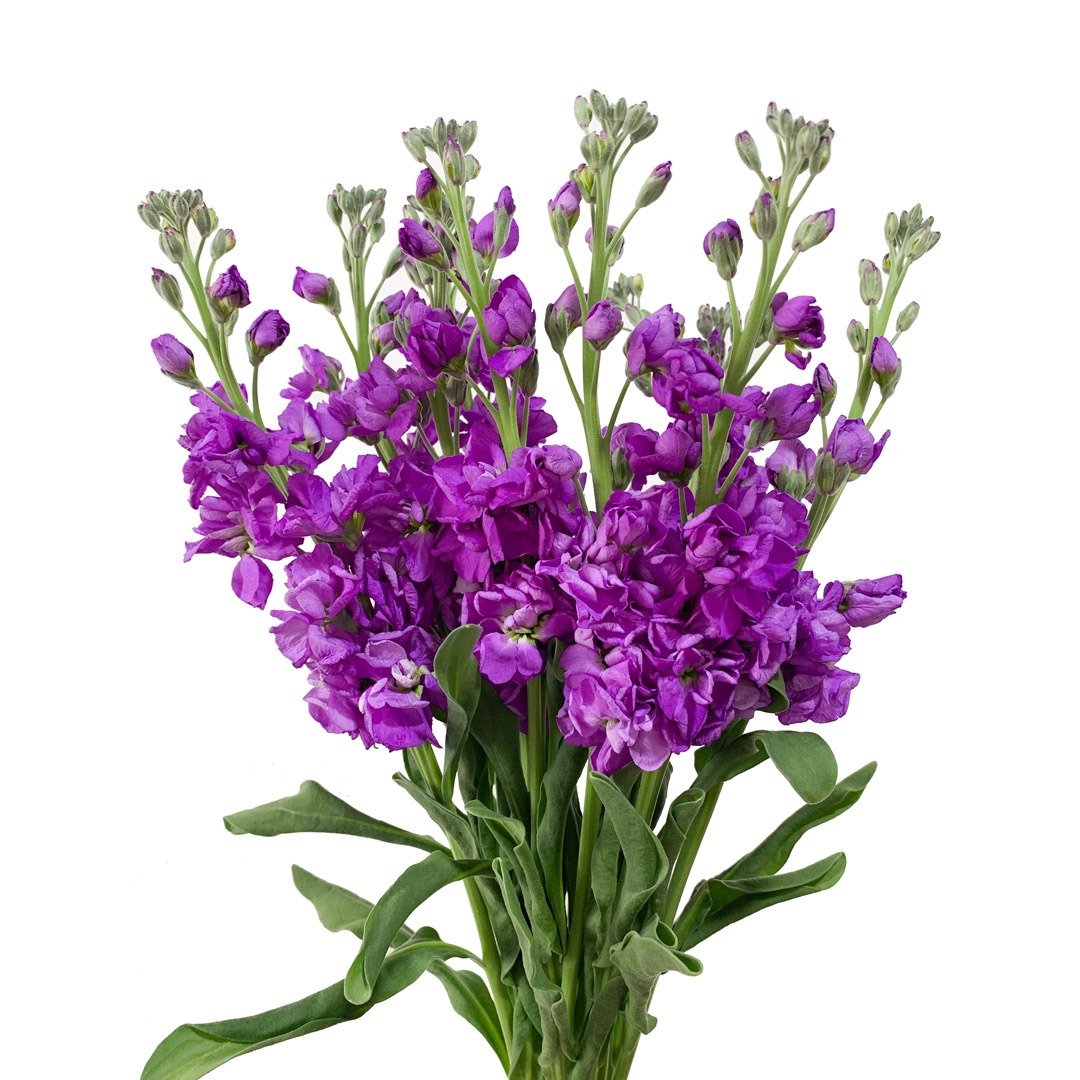
Spray Carnations
Carnations have been cultivated for centuries. However, they’ve been hybridized to produce a wide range of colours, forms, shapes and sizes. The spray carnation, being one of them. It’s said to have originated in Southern Europe yet its popularity crosses over borders to be used in households, workplaces, backyards and gardens too.
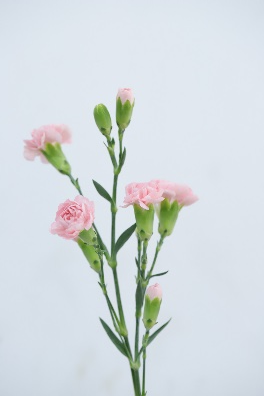
Gypsophila
A delicate cluster, also known as Baby’s Breath, they’re native to Eurasia. Their grace and subtlety complement most flowers, making them a florist’s favourite. These blooms are naturally white but due to their widespread use, stained gypsophilas like red, pink, yellow and blue have become popular as hair accessories and fillers for luxe floral ensembles.
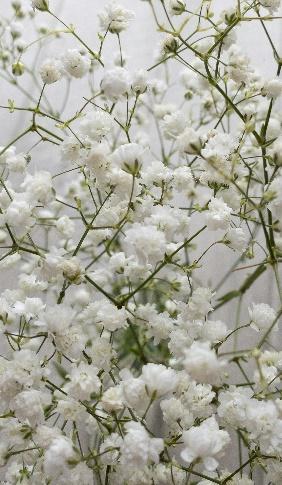
Hydrangeas
Hydrangeas, originating in Asia, captivated European botanists in the 18th century. They symbolized abundance and heartfelt emotions in Victorian gardens. Introduced to North America, they flourished, leading to diverse cultivars. Hydrangeas hold cultural significance, symbolizing gratitude in Japan and mystical powers in European traditions. Today, extensive hybridization has produced varied colors and forms, maintaining their popularity as ornamental plants worldwide.
